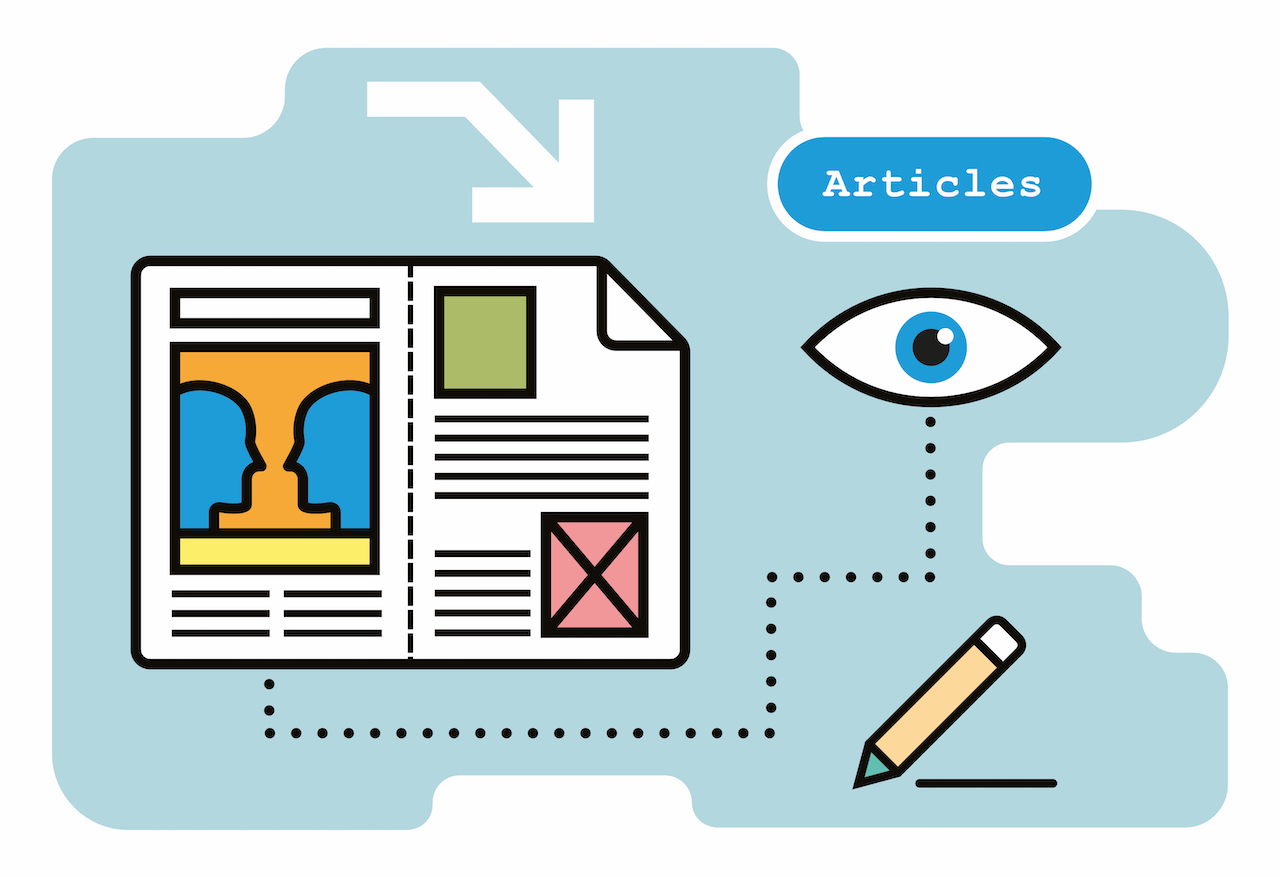The Adam Mickiewicz University Nature Collections IT system (AMUNATCOLL): portal, mobile application and graphical interface
Fiche du document
1 mars 2022
- ISIDORE Id: 10670/1.21cea5...
- hal: hal-04011278
- doi: 10.2478/biorc-2022-0002
Ce document est lié à :
info:eu-repo/semantics/altIdentifier/doi/10.2478/biorc-2022-0002
http://creativecommons.org/licenses/by/
Mots-clés
IT system on natural history collection digitisation biodiversity database programming interface graphical interface API RESTSujets proches
Biological diversity Biotic diversity Diversity, Biological Diversification, Biological Biological diversification Scientific research Science research Science--ResearchCiter ce document
Maciej Nowak et al., « The Adam Mickiewicz University Nature Collections IT system (AMUNATCOLL): portal, mobile application and graphical interface », HALSHS : archive ouverte en Sciences de l’Homme et de la Société, ID : 10.2478/biorc-2022-0002
Métriques
Partage / Export
Résumé
The paper describes the interfaces implemented in the AMUNATCOLL IT system, which enable access to and explorationand manipulation of data available in the database containing unique natural collections from the Faculty of Biology of Adam Mickiewicz University in Poznań (FBAMU). Data can be accessed using the two available interfaces: graphical and programming application interfaces. The first is implemented in two forms: a portal, which is the main interface for accessingthe data stored in the database, and a mobile application that complements functions related to field research and creating private collections. To deliver the required set of operations, the portal was equipped with simplified and advanced searching, statistical analysis and spatial processing (BioGIS). Data openness and the ability to collaborate with other solutions and systems are key elements in achieving synergies in conducting research on biodiversity. AMUNATCOLL IT offers an opportunity to respond to these challenges, enabling data export for independent processing with external tools related to portal functionality or giving access to data directly using an application programming interface. Graphical interfaces are subject to numerous requirements and restrictions reflected in the graphic design and accessibility issues related to the accommodation of disabled individuals. These interfaces must properly address both groups of target recipients, considering their different goals and level of knowledge, as well as adjusting the level of interaction due to the limitations of using the interface.
